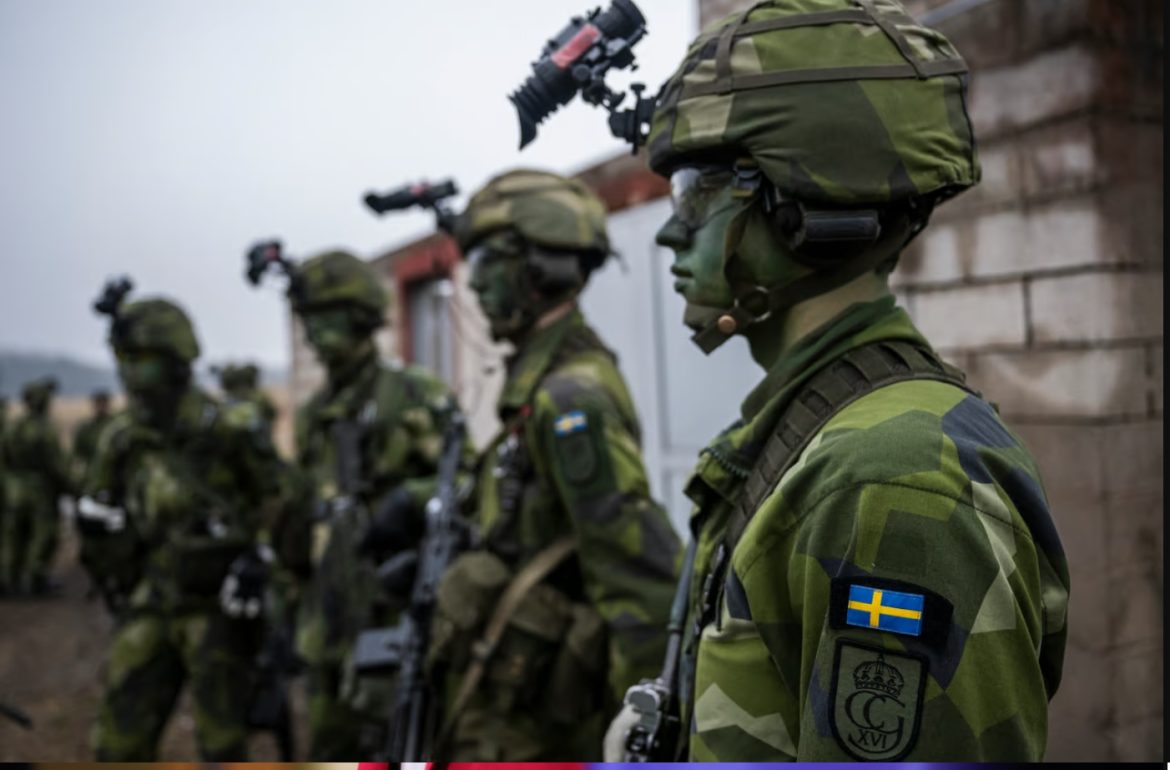ermany, the Netherlands, and other countries are examining Sweden’s system, which annually screens over 100,000 teenagers.
In Stockholm, at Tegeluddsvägen 29A, a key conscription testing center, along with two others in Gothenburg and Malmö, the process begins with screening 110,000 teenagers. About a quarter of these are called in for physical and mental examinations, and the best-suited third are then drafted to serve between nine and 15 months in the military, regardless of their personal preferences.
This model was revived to restaff the Swedish army, which had been significantly reduced after the end of the Cold War. The annexation of Crimea by Russia a decade ago prompted Swedish leaders to reintroduce gender-neutral mandatory military service in 2017, after a seven-year hiatus. Since then, the number of conscripts has doubled to around 8,000 per year, with plans to increase this to 10,000 in the near future. This expansion aims to complement the 14,850 full-time personnel in the Swedish military.
Swedish Defense Minister Pål Jonson has emphasized the importance of conscription in recent speeches, noting that it is essential for the armed forces’ growth and cannot be achieved with hired personnel alone. This shift has caused a significant change in Swedish society, which has not engaged in war for over 200 years. Along with Sweden’s recent accession to NATO, the reintroduction of military service requires a major mental adjustment for teenagers, many of whom had not considered military service as part of their future plans.
At Tegeluddsvägen 29A, a stream of nervous 18-year-olds arrives daily, some alone and some with equally apprehensive parents. For some, like Nils David Palmaeus, the experience offers a chance for a new challenge and adventure, such as serving as a conscript soldier in Sweden’s Arctic north. Others, like aspiring flight attendant Isabella van Leeuwen, view it as an unwelcome interruption to their career plans.
The Swedish model is attracting interest from other European countries facing similar challenges. German Defense Minister Boris Pistorius recently visited the conscription center and praised the Swedish approach, noting the importance of a strong reserve force, a lesson underscored by the conflict in Ukraine. Pistorius has proposed a selective military service focused on volunteers as an initial step, with plans to screen 400,000 young men annually, from which 10,000 would be selected for basic training.
Dutch officials have also visited Sweden to learn from their system, and prominent figures in the UK, including former heads of intelligence agencies, have highlighted its benefits. The Swedish conscription process begins with a questionnaire sent to all 18-year-olds, asking about their health, education, personality, criminal record, and attitudes towards military service. Those who pass the initial screening undergo further testing, including a mental aptitude exam, stamina and strength tests, and an in-depth conversation with a psychologist.
Candidates who pass all stages are then placed in one of three categories: those who will serve, those who will not, and those whose preferences are taken into account but not guaranteed. The recruiters need a diverse range of skills, from infantry soldiers in the Arctic to divers under the Baltic Sea, technicians, and navigators. Those identified as having leadership potential serve 15 months, while rank-and-file draftees serve nine months.
For many Swedish teens, the hardest part of the testing day is its length and intensity. However, some, like Palmaeus, see military service as a chance to contribute to something important, especially in uncertain times. The success of Sweden’s conscription model may soon influence other European countries as they seek to bolster their own military forces.




